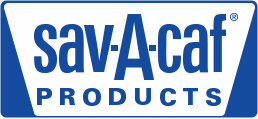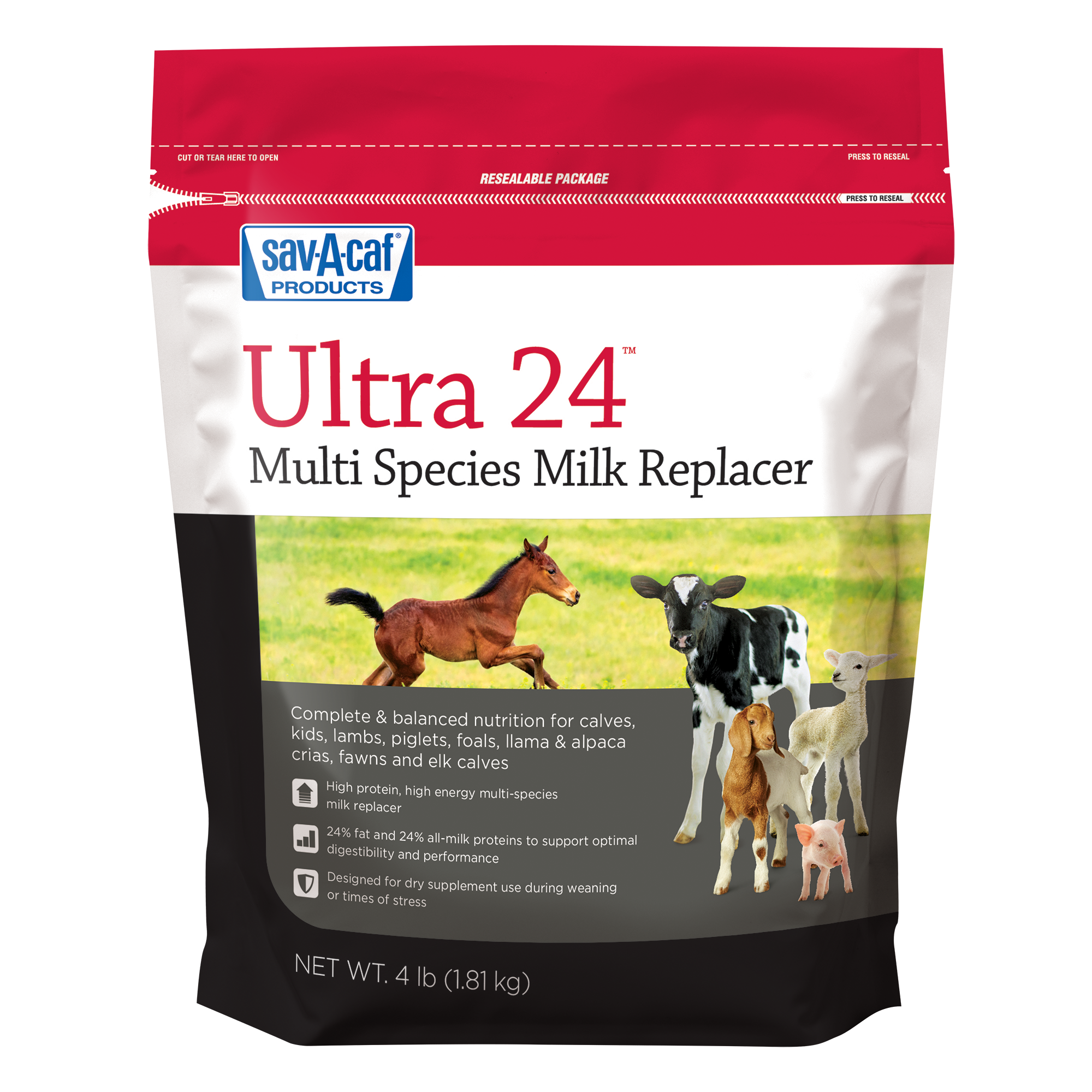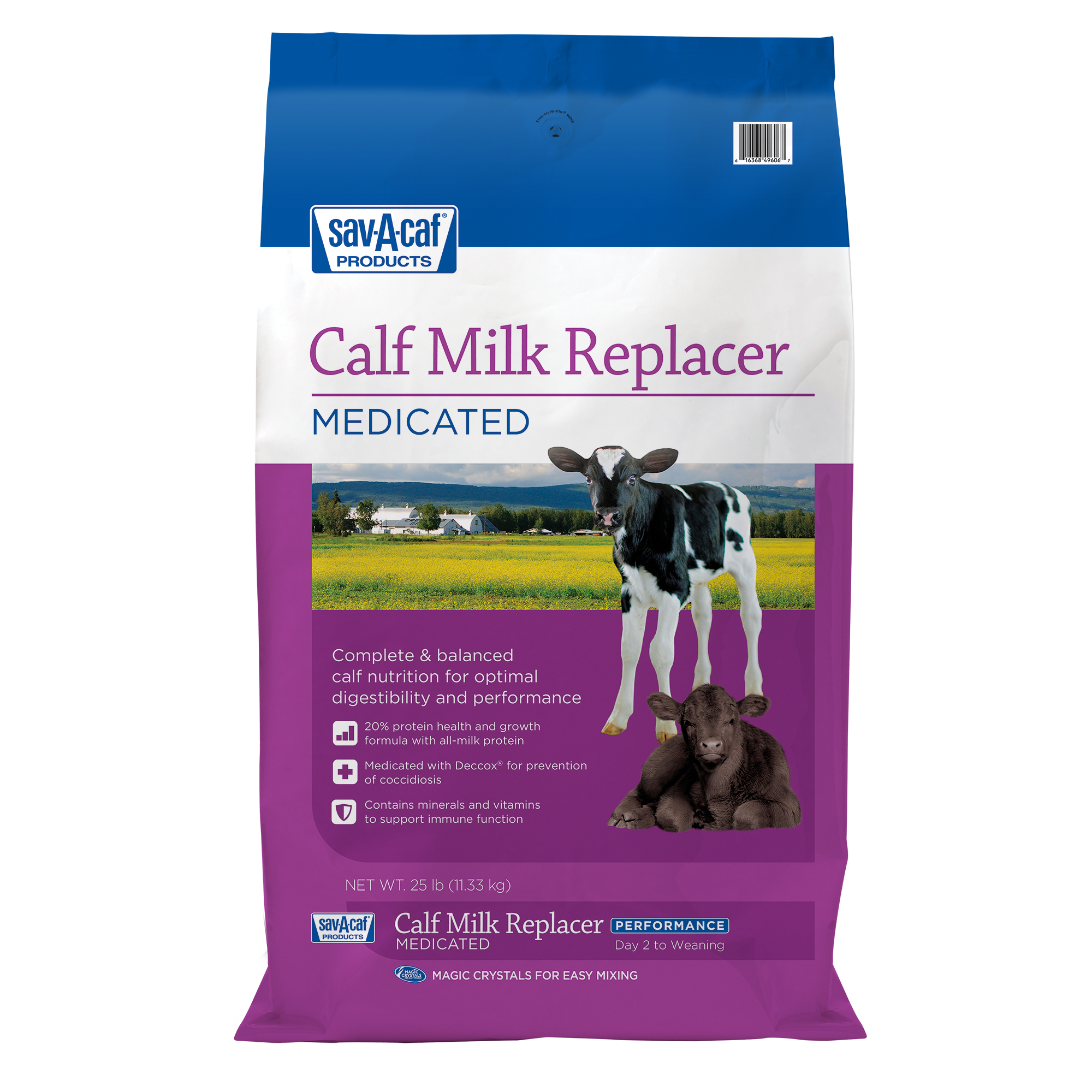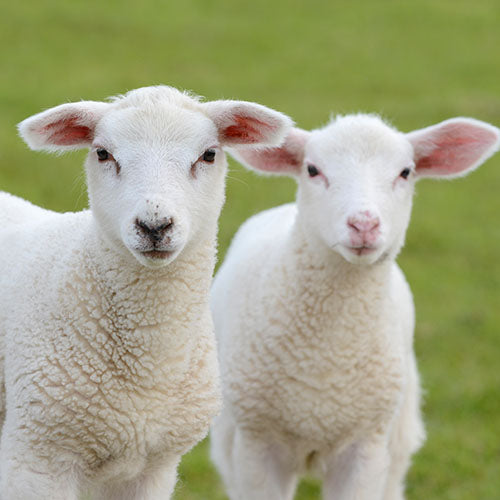
How to get started with backyard sheep
Raising sheep is a great fit for many farms, whether you have several acres of land or a modest grassy space out back. These animals are easy to manage, generally low maintenance and do exceptionally well in smaller areas. Are you ready to convert your yard into a suitable sheep home? It’s important to keep in mind the components of your sheep’s environment, nutrition and maintenance that will allow for their optimal health and happiness. Read on for key considerations for your backyard farming journey.
Transform Your Backyard Into a Sheep Oasis
Before sheep get settled on your property, it’s a good idea to make sure local laws or neighborhood association restrictions allow you to raise livestock in your backyard. Additionally, giving your neighbors a heads up about the new ruminants next door is a nice gesture.
As far as set-up goes, not much equipment is required for sheep. However, your animals should have access to some sort of shelter for protection from the elements. A simple, south-facing, three-sided structure with easy access to your outdoor area is an ideal safeguard against rain, snow and cold winds. Shelters like these can be home built as a low-cost option, and your sheep’s health will benefit from having a clean, dry, well-ventilated place of refuge.
Proper fencing also plays an important role in sheep farming. Fencing should be in place before you bring any animals home in order to keep your sheep in and their predators out. It can also be used to rotate the herd’s grazing, ensuring they have access to fresh pasture.
Fresh pasture can include a mixture of grasses, brush, trees and legumes. If you are planning to raise a flock, a general rule is four sheep per acre in order to provide adequate, consistent pasture for your grazers.
Provide Proper Nutrition From the Start
Now you know how to set your farm up for success with adequate shelter, space and pasture. However, as important as it is to have a suitable environment for productive sheep, it is essential to supplement your herd’s diet for complete nutrition to allow your sheep to thrive.
Maybe you are gearing up to bring a little one home to your backyard farm, or sometime soon you might have a lambing ewe. Either way, proper nutrition is critical to give your lambs a strong start, especially in the first few months of life. Ensuring your little one gets enough quality colostrum and milk as soon as possible after birth – either from its mother or from a replacer or supplement – is one of the best things you can do for sheep health and longevity.
If you have a lamb who is unable to nurse from its mother for whatever reason, you should provide a colostrum replacer. With Sav-A-Lam® Lamb and Kid Colostrum Replacer, you can rest assured your young animals are receiving the complete and balanced nutrition and immune support they need in the absence of maternal colostrum.
Milk is another key element of a strong start for lambs as it’s their primary source of nutrition for their first several weeks. Sav-A-Lam® Milk Replacer is formulated to replace or supplement the nutritional components of the ewe’s milk if she is unable to provide the lamb with sufficient nutrition herself. Even if the ewe has done a good job raising the lamb herself, supplementation with Sav-A-Lam® Milk Replacer can ease the stress when the weaning and drying off process begins as early as 30-40 days after birth. In addition to its milk intake, a lamb will consume 1-2 gallons of water per day. Adequate clean, fresh water should be available to the lamb at all times.
By starting your sheep off on the right hoof with balanced nutrition from day one, your flock will have the energy, nutrients and immune support they need to grow and thrive on your backyard farm.
Make a Plan for Regular Care Needs
Beyond preparing your space and stocking your pantry for new backyard ruminants, there are some additional care considerations sheep require. Here are three things to keep in mind:
- As with any animal, your sheep will require routine medical maintenance. Seek regular care and advice from a trusted veterinarian.
- Wool fleece on sheep grows continuously. Overgrown wool is extremely heavy and can trap dirt, feces and moisture, potentially threatening the health of your sheep. Typically, adult sheep are shorn once a year to provide relief and cleanliness. You will likely want to hire a shearer or learn to safely and properly shear your animals ahead of the summer months.
- Just like their wool, your sheep’s hooves will need special care and attention. When they are not properly maintained, a sheep’s hooves will grow too long and their weight will become displaced. This can result in negative effects to bone structure, balance and joints. To avoid this predicament, acquire small hoof trimmers, a paring knife and a hoof pick and get to trimming every 6 to 10 weeks.
One Last Piece of Advice: Don’t Walk Your Backyard Farming Journey Alone.
Join our community! Connect with us on Facebook and Instagram and visit SavALam.com for more tips on caring for your sheep.
Find Solutions for Your Animals
-
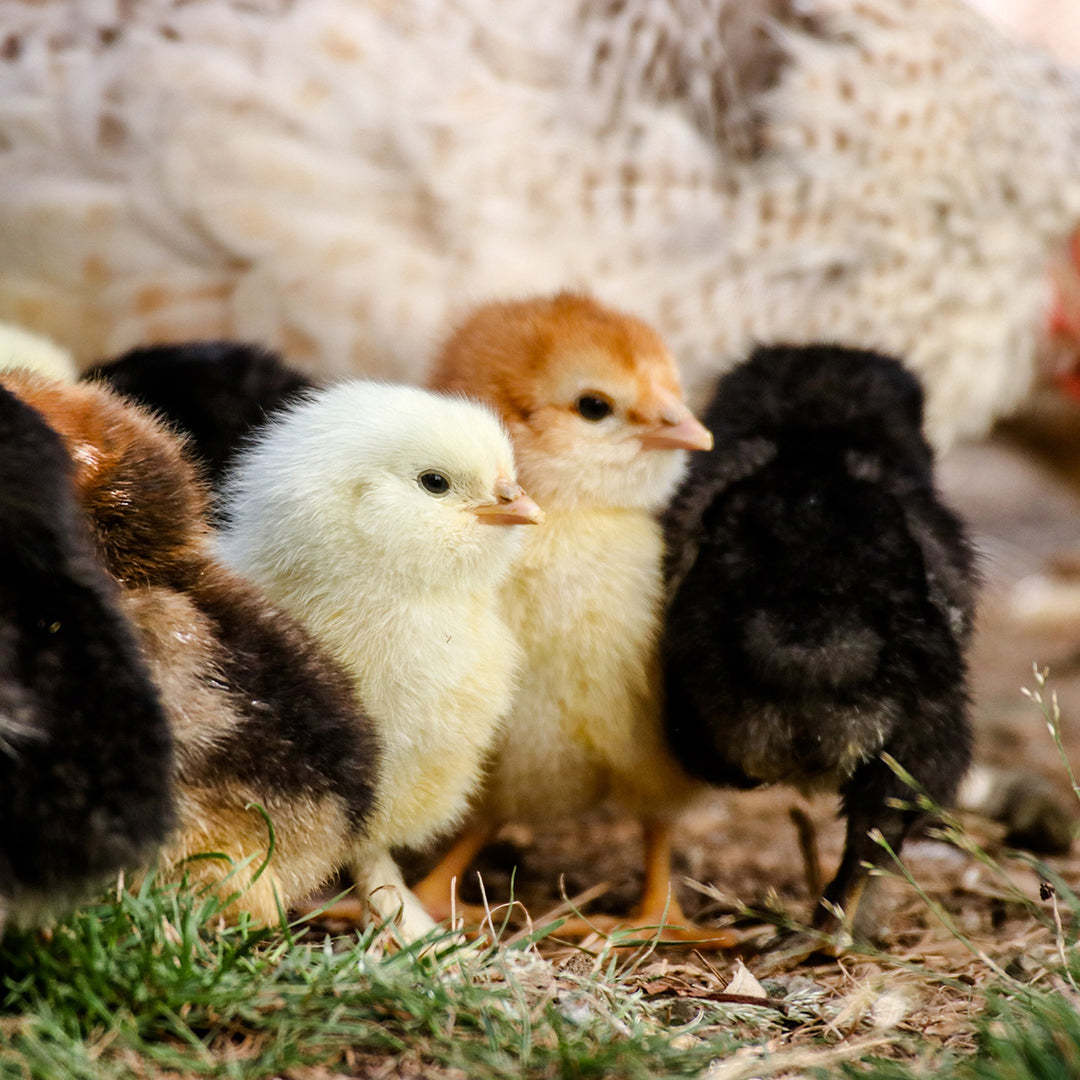
Whether housed in a coop or free ranging on your farm, your birds are exposed to multiple threats every day that could cause illness or impact their well-being. Now there’s a way to be more proactive with regular support for...
-
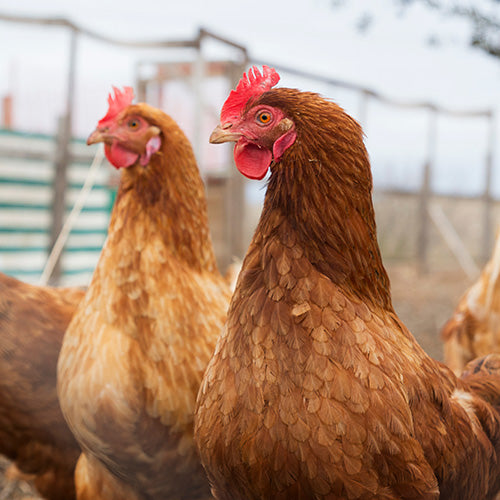
You’ve raised your chicks to adulthood and now they’re fully feathered hens. Way to go! Now, you get to enjoy their eggs and companionship for years to come. To maximize their life, support their production potential and kee...
